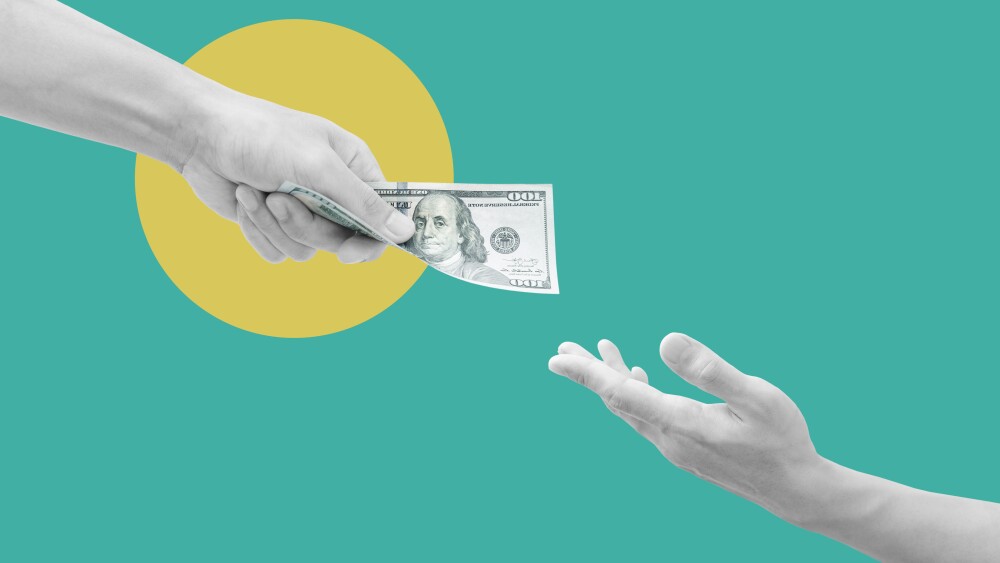See inside for BioSpace’s compilation of the five biggest M&A deals of 2022.
Courtesy Getty Images
Mergers and acquisitions were widely expected to be a key theme in the biopharmaceutical industry in 2022.
Several big pharma companies were flush with cash leading into the year, thanks to their top-selling COVID-19 products, innovative branded medications and high-value divestitures.
Eleven mega-blockbuster medicines, defined as products generating sales greater than $5 billion per year, are set to lose global patent protection this decade.
Topping it off, clinical and early commercial-stage biopharma valuations dramatically fell during the last quarter of 2021—a trend that gained momentum during the first three quarters of 2022.
The 5 Biggest M&A Deals of 2022
Did this M&A bonanza prediction pan out? Here is a look at the industry’s five biggest buyouts this year.
1. Amgen-Horizon
Amgen’s recent $27.8 billion acquisition of the rare disease specialist Horizon Therapeutics takes this year’s top spot as the industry’s priciest buyout. This upsized deal lands Amgen a well-rounded portfolio of high-margin rare disease drugs, including the thyroid eye disease treatment Tepezza.
2. Pfizer-Biohaven
Pfizer’s $11.6 billion buyout of Biohaven Pharma is the year’s second-largest M&A transaction in the industry. Through this mid-sized buyout, Pfizer gained the migraine drug Nurtec ODT, which is expected to play a vital role in the drugmaker’s battle against a slew of upcoming patent expires.
3. Pfizer-Global Blood Therapeutics
The year’s third priciest buyout is Pfizer’s $5.4 billion deal for the sickle cell disease specialist Global Blood Therapeutics. After winning a bidding war for Global Blood in August, Pfizer added the oral SCD drug Oxbryta to its diverse product portfolio.
Oxybryta is forecasted to surpass $1 billion in annual sales at its peak. However, this revenue prediction will depend on the commercial uptake of developing rival gene-edited therapies.
4. BMS-Turning Point
Bristol Myers Squibb’s $4.1 billion buyout of Turning Point Therapeutics is the year’s fourth-largest buyout. This all-cash deal, announced last June, centered around the experimental lung cancer candidate, repotrectinib.
If approved, Wall Street estimated that repotrectinib should generate peak sales of more than $1 billion annually.
Repotrectinib, in turn, may play a vital role in the big pharma’s battle to minimize the impact of upcoming patent expires for the mega-blockbuster cancer therapy Opdivo and the blood thinner Eliquis (co-marketed with Pfizer).
5. Amgen-ChemoCentryx
Amgen’s $3.7 billion acquisition of the ChemoCentryx last August is this year’s fifth-largest deal. The impetus behind the transaction was ChemoCentryx’s FDA-approved anti-neutrophil cytoplasmic antibody-associated vasculitis drug, Tavneos.
Average Deal Size & Emerging Trends
There have been 31 total buyouts in the pharmaceutical industry in 2022.
For comparison, the sector notched 25 M&A deals in 2021, 23 in 2020, 28 in 2019 and 16 in 2018, according to Chimera Research Group.
The industry has been busier than usual on the M&A front. However, the size of the deals in 2022 is also a noteworthy feature of this uptick in biopharma buyouts.
For 2022, the average among the five largest deals presently stands at $10.5 billion. In 2021, the mean ‘upsized’ deal came in at $6.4 billion.
By contrast, the industry’s appetite for high-dollar buyouts surged to $17.5 and $33.1 billion in 2020 and 2019, respectively. In 2018, pharma’s average large deal came in at $7.8 billion.
In short, this year’s pharma M&A activity was characterized by a sizable uptick in the number of buyouts and a modest increase in the average deal size on the top end of the spectrum relative to 2021.
Biopharma hasn’t shown much interest of late in returning to the type of mega-deals seen in either 2020 or 2019.





